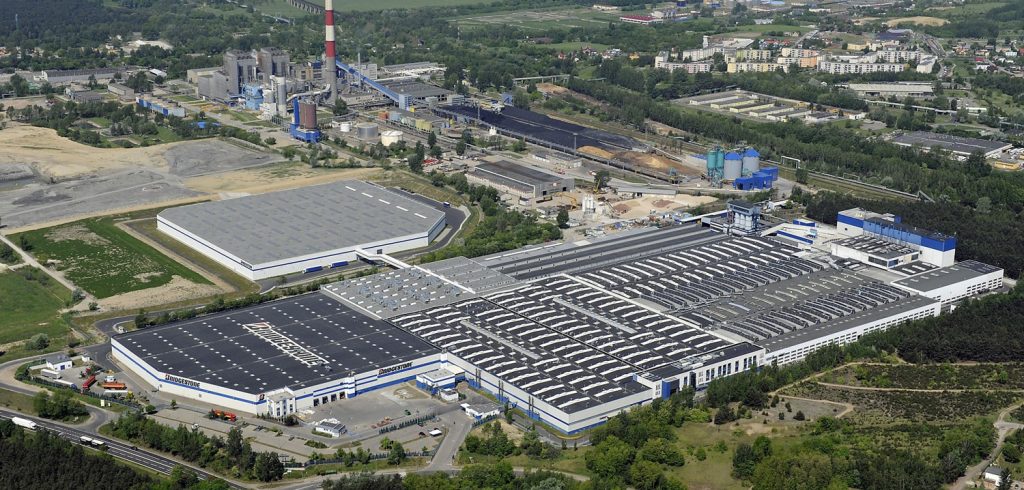Bridgestone has released details of its Sustainability Business Framework, which it says will guide company initiatives while contributing to the realization of a carbon-neutral society.
Seeking to increase sustainability in its tire and rubber business, Bridgestone has been developing products with greater lifespans that use a lower number of resources. Alongside this, the reuse of resources is being promoted within the company’s solutions businesses to provide further value to customers using its products. Such examples include replacing only the worn tread portion of tires so that they can be reused instead of discarded.
Moving forward, the company states that research is being conducted into new recycling businesses that allow tire-to-rubber and tire-to-raw material conversions, enabling previously unusable materials to be reused. By 2030 the company hopes to create a sustainable business network aiding the delivery of benefits for customers, society and the company. The model is set to contribute to the creation of a circular economy that Bridgestone hopes will reduce CO2 emissions across all sectors including customer, recycling and manufacturing.
Notably in 2012, Bridgestone released details of its long-term environmental goals which started with the introduction of initiatives to help create a sustainable society. New targets have since been set, with the company aiming to hit a 50% reduction in its total CO2 emissions from 2011’s level by 2030. The long-term environmental goal set by Bridgestone is to become a carbon-neutral company by 2050.



